Operate with caution
As expected by experts, the Fed decided to keep the reference interest rate unchanged in the June meeting last week. In the announcement after the meeting, the Fed commented that the labor market remained strong and the unemployment rate remained low. Inflation over the past three months has cooled down, but Fed Chairman Jerome Powell emphasized that this only reflects the past, and warned that inflation would rise to 3% by the end of this year.
According to the Fed's dot plot, members of the Federal Open Market Committee (FOMC) still expect a total of 0.5 percentage points in interest rate cuts in 2025, but most believe that the operating interest rate will only decrease by 0.5 percentage points until 2027. Investors are also betting on the possibility of the Fed cutting interest rates by another 25 basis points at the September meeting.
Although the policy statement did not mention the conflict between Israel and Iran, the Fed Chairman said that he was still monitoring the situation. Energy price spikes caused by conflicts are usually temporary and do not have a long-term impact on inflation, but the Fed may be ready to respond promptly to new information.
Similarly, the Bank of England (BoE) also kept the interest rate unchanged at 4.25% amid high inflation in the country and increasing external risks due to global trade tensions and conflicts in the Middle East.
Previously, the European Central Bank (ECB) cut interest rates for the eighth time since June 2024, bringing the deposit rate down to 2%. However, in a recent message, ECB President Lagarde said that the ECB is approaching the end of the cycle, an indicator that it may pause after the continuous cuts in recent times.
Meanwhile, the Swiss National Bank cut its policy interest rate by 25 basis points, bringing it to zero for the first time since introducing negative interest rates in late 2022. It cited falling inflation and a gloomy global economic outlook. Swiss consumer prices fell for the first time in four years, hit by falling tourism and oil prices. Swiss GDP growth accelerated in the first quarter of 2025, partly due to early exports to the US before the new tariffs were introduced, but is expected to slow in the coming quarters.
Exchange rate pressure
Continuing to react strongly right after the Fed's decision to keep interest rates unchanged, US President Donald Trump launched a series of strong attacks on the Fed Chairman through posts on the social network Truth Social, with calls for an immediate interest rate cut and accusing Chairman Powell of causing hundreds of billions of dollars in damage to the US economy by deciding not to cut interest rates.
Meanwhile, the risk of high US interest rates and the unknown outcome of tariff negotiations also put pressure on exchange rates in developing countries. The VND/USD buying rate at commercial banks by the end of last week approached 26,000 VND/USD.
At Vietcombank , USD is traded at 25,922 VND/USD (buying by transfer) and 26,282 VND/USD (selling). The selling rate has been at the highest level in the entire previous week. Since the beginning of the second quarter, the exchange rate at Vietcombank has increased by 2.1%, significantly contributing to the total increase of 2.86% compared to the end of 2024. The central exchange rate also recorded a corresponding increase.
According to analysts from MBS, the USD is expected to maintain its strength this year thanks to the high level of trade protectionism and high interest rates in the US as the Fed is expected to cut interest rates only twice.
At the same time, if the corresponding tax is kept at a high level, it will be a big challenge for Vietnam's export activities and foreign investment attraction, the foreign currency supply will be tightened and create more pressure on the exchange rate. If the two sides successfully negotiate to reduce the tax rate, it will contribute significantly to stabilizing the exchange rate, interest rates, and strengthening the key activities of the economy such as export and foreign investment attraction.
The content of the upcoming negotiations will be a big unknown that will affect macro factors, including exchange rates. With less than 20 days left until the end of the 90-day US tax suspension, the extension of the tariff negotiations beyond the July 8 deadline is being mentioned.
According to the prediction of the Goldman Sachs group of economic experts, the US will extend the time for tariff negotiations with countries, instead of sticking to the original deadline. Previously, US Treasury Secretary Scott Bessent mentioned the possibility of giving more time for trade negotiations and extending the deadline with countries that show goodwill.
In the context of increasing external pressure, the State Bank is still taking flexible management measures. In May, the State Bank continued to maintain a net withdrawal of more than VND21,400 billion. According to analysts from FiinRatings, the flexible adjustment of the central exchange rate allows the market more room for self-regulation.
Source: https://baodautu.vn/ty-gia-van-chiu-ap-luc-kep-d309887.html







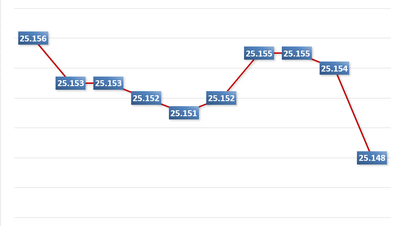

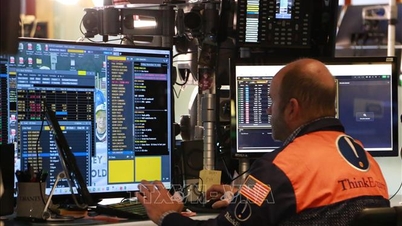

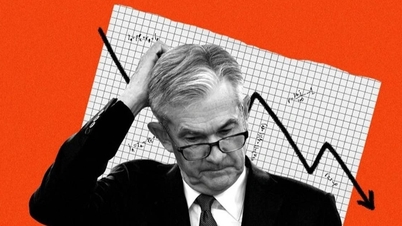

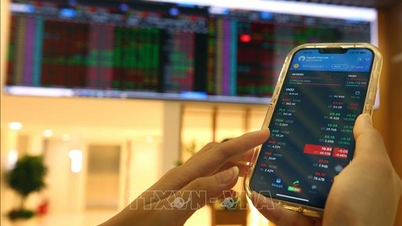
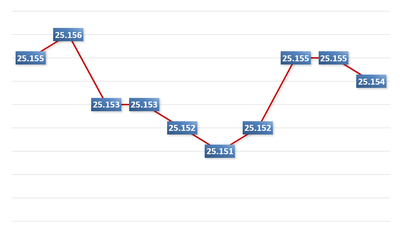
![[Infographic] Cross-exchange rates for determining taxable value from December 11-17](https://vphoto.vietnam.vn/thumb/402x226/vietnam/resource/IMAGE/2025/12/11/1765413245543_infographic-ty-gia-tinh-cheo-de-xac-dinh-tri-gia-tinh-thue-tu-11-1712-20251211021920.jpeg)






































































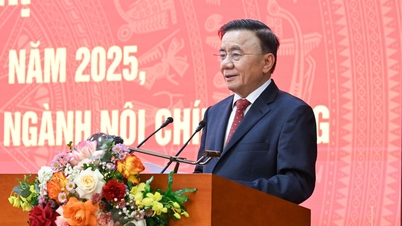

























Comment (0)